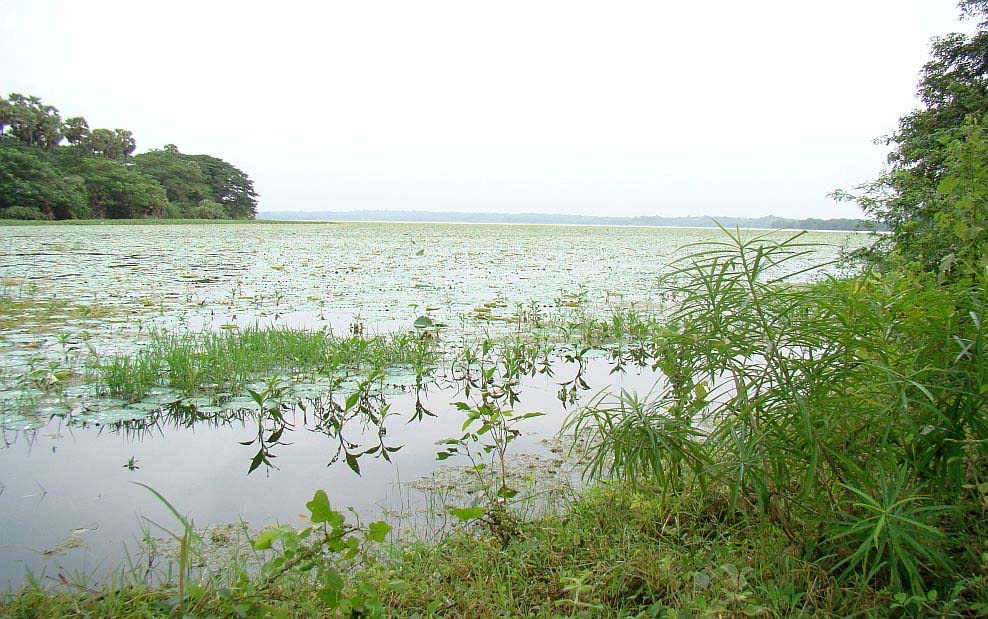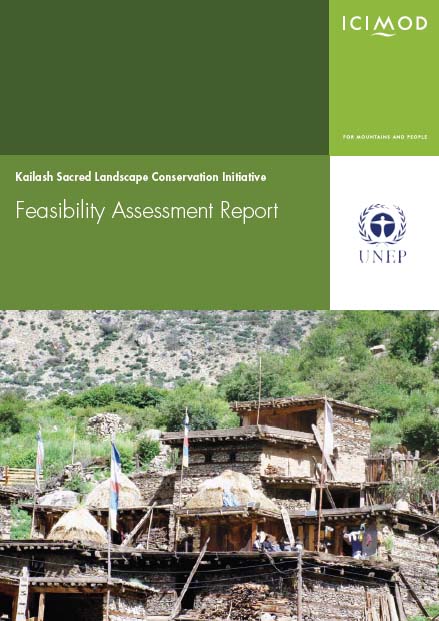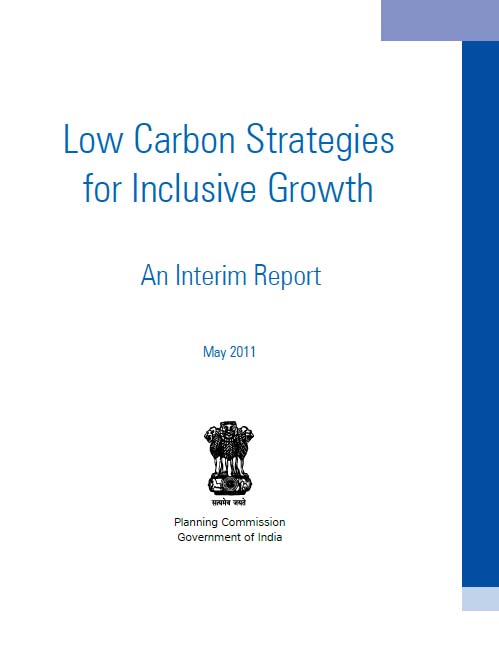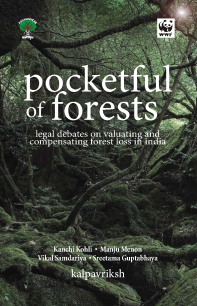/topics/forests
Forests
Plastic Waste (Management and Handling) Rules (2011)
Posted on 28 Jul, 2011 08:21 AMThis document on the Ministry of Environment and Forests site includes the Plastic Waste (Management and Handling) Rules replaces the earlier Recycled Plastics Manufacture and Usage Rules,1999 (amended in 2003).
Conservation of Ousteri lake in Puducherry - Draft Comprehensive Management Action Plan by SACON
Posted on 26 Jul, 2011 11:54 AM This Comprehensive Management Action Plan by the Salim Ali Centre for Ornithology and Natural History (SACON) deals with the various conservation and management interventions that can be taken up for long-term sustainability of Ousteri lake, the largest lake in Puducherry.
This Comprehensive Management Action Plan by the Salim Ali Centre for Ornithology and Natural History (SACON) deals with the various conservation and management interventions that can be taken up for long-term sustainability of Ousteri lake, the largest lake in Puducherry.
Wetlands in urban areas have always been exploited for several purposes due to anthropogenic activities. However, such activities may lead to alteration of wetland characteristics and thus cause changes in species composition and density. The Ousteri Lake (Oussudu Eri in Tamil) is rich in flora and fauna and is known to provide several ecological services including recharging underground aquifers and providing several livelihood options for the local community.
Kailash sacred landscape conservation initiative - Feasibility assessment report by ICIMOD
Posted on 25 Jul, 2011 03:19 PM This publication by International Centre for Integrated Mountain Development (ICIMOD) deals with Kailash Sacred Landscape Conservation Initiative (KSLCI), a project that seeks to conserve and sustainably manage a highly unique and special landscape through the application of trans-boundary ecosystem management approaches.
This publication by International Centre for Integrated Mountain Development (ICIMOD) deals with Kailash Sacred Landscape Conservation Initiative (KSLCI), a project that seeks to conserve and sustainably manage a highly unique and special landscape through the application of trans-boundary ecosystem management approaches.
This region, like much of the rest of the Hindu Kush-Himalayas, faces many challenges, not the least of which are global warming, globalisation and environmental degradation. The Kailash region is considered sacred to five major religions and to a large number of people in Asia and throughout the world. This area is historically, ecologically, and culturally interconnected and is the source of four of Asia’s most important rivers.
The KSLCI is an attempt on the part of the three neighbouring countries of India, China and Nepal to join hands to help preserve the unique biological diversity, the many ecosystem goods and services, and the value-based cultural heritage of one of the most revered and sacred landscapes in the world.
Mangrove wetlands of Tamil Nadu, Andhra Pradesh and Orissa - Atlas by MSSRF
Posted on 16 Jul, 2011 04:00 PM
CEE invites applications for various positions based at Pune
Posted on 14 Jul, 2011 05:28 PM Centre for Environment Education (CEE), was established in August 1984 as a centre of excellence supported by the Ministry of Environment and Forests, Government of India. CEE, a national institution with its headquarters in Ahmedabad, has a mandate to promote environmental awareness nationwide.
Centre for Environment Education (CEE), was established in August 1984 as a centre of excellence supported by the Ministry of Environment and Forests, Government of India. CEE, a national institution with its headquarters in Ahmedabad, has a mandate to promote environmental awareness nationwide.
Biodrainage to combat waterlogging, increase farm productivity and sequester carbon in canal command areas of northwest India – A paper in Current Science
Posted on 02 Jul, 2011 03:46 PMThe rise in groundwater table followed by waterlogging and secondary soil salinization is a serious problem in canal-irrigated areas of arid and semi-arid regions. To combat the problem, an agroforestry model for biodrainage was tested in waterlogged fields of Haryana (northwest India), where 10 per cent area (0.44 m ha) is waterlogged resulting in reduced crop yields and abandonment of agricultural lands.
Low carbon strategies for inclusive growth - An interim report of the Planning Commission's expert group
Posted on 28 Jun, 2011 11:44 PM Some policy measures implied by various options have also been indicated. The main sectors examined in the report are power, transport, industry, buildings and forestry.
Some policy measures implied by various options have also been indicated. The main sectors examined in the report are power, transport, industry, buildings and forestry.
Increased concentrations of Green House Gases (GHGs) and the overall warming of the atmosphere has resulted in changing rainfall patterns, disruption in hydrological cycles, melting of ice caps and glaciers, rise in sea levels, and increase in frequency and intensity of extreme events such as heavy precipitation and cyclonic activities.
These have in turn had serious impact on sustainability of water resources, agriculture, forests and ecosystems, affecting the well being of billions of people on earth. Widespread melting of glaciers and snow cover will reduce melt water from major mountain ranges (e.g. Hindu Kush, Himalaya, Andes) where more than one billion people currently live.
Economic valuation of forest soils - Study published in Current Science
Posted on 21 Jun, 2011 09:24 PMThe study area was located in Halol Range,Panchmahal District, Gujarat, stretching between long. 22°25′41″N and 22°29′06″N, and lat. 73°31′23″E and 73°35′35″E. Preservation plots present in the study area were selected for the current study.
The economic impact of forest hydrological services on local communities - A case study from the western ghats of India by South Asian Network for Development and Environmental Economics (SANDEE)
Posted on 16 Jun, 2011 03:38 PMThe paper informs that the conventional wisdom that ‘more forest is always better’ has dominated policy making in the management of forested watersheds. In the context of the supposed hydrological regulation service provided by forest ecosystems, however, hydrologists have debated this assumption for more than two decades.





